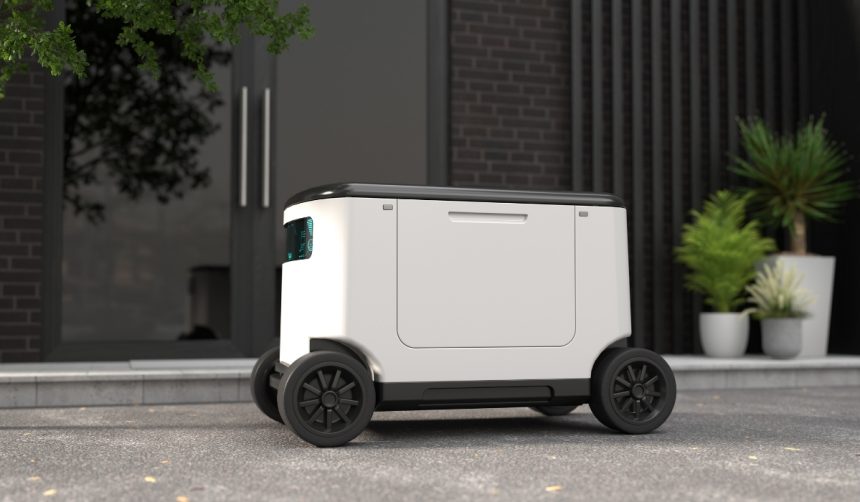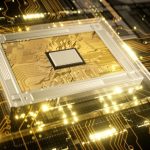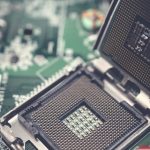Unitree Robotics has introduced the A2, its latest quadruped robot, reflecting the company’s efforts to address industry requirements for advanced inspection and logistics automation. Companies are increasingly seeking efficient solutions that blend agility with high-endurance for challenging environments, and robotic technology is developing swiftly to keep pace. The A2 aims to support a diverse set of industrial and research operations, using newer capabilities designed to overcome limitations of earlier unitree offerings. Organizations may look to broaden their autonomous system deployments and streamline tasks that involve terrain navigation or payload carrying.
When the B2 was launched, the robotic quadruped niche was dominated by devices focused on physical strength and mobility but with limited sensory and autonomy features. Boston Dynamics’ Spot, a notable competitor, has remained popular for its adaptive features and autonomy, although with a lower payload compared to Unitree’s offerings. Unitree’s strategy previously revolved around incremental hardware updates, catering to both consumer and industrial markets. With the A2, features such as dual lidar and advanced sensing slightly shift the focus more towards perception and autonomy, contrasting with the historically physical-centric improvements seen in past models.
What Sets Unitree A2’s Perception System Apart?
The A2’s most prominent update is its enhanced perception system. It includes lidar sensors at both the front and rear, along with an HD camera and a front-facing light, giving the robot an expanded field of environmental awareness. This setup was designed to reduce operational blind spots and elevate the robot’s performance in complex environments. Unitree stated,
“With the integration of 360-degree lidar, A2 can navigate more efficiently and respond to challenges in real-time.”
These improvements are targeted for industries that require precise navigation, obstacle detection, and reliable operation across various scenarios.
How Do A2’s Key Specifications Compare to Alternatives?
A2’s technical specifications demonstrate a balance between weight, power, and endurance. At 37 kg, the A2 supports a payload of up to 25 kg while operating up to three hours continuously when carrying the maximum load. The robot can traverse steps up to 1 meter, surpassing the 40 cm step height of the B2 model, and utilizes hot-swappable batteries for uninterrupted operations. Compared to Boston Dynamics’ Spot, which has a lower payload but greater built-in autonomy, the A2 offers increased step height and a more robust payload option. Unitree commented,
“By designing A2 to handle higher step climbs and heavier loads, we are providing new operational possibilities for our users.”
These distinctions position the A2 for tasks requiring greater carrying capacity and environmental adaptability.
Will the A2 Drive Broader Adoption of Quadruped Robots?
Intended for applications such as industrial inspection, research, and logistics, the A2 is part of Unitree’s broader product evolution, which also includes its recent humanoid robot, the R1. The company, now valued at about $1.7 billion following a significant funding round, is leveraging these releases to appeal to industries seeking reliable autonomous mobility platforms. Competition from other companies, particularly in North America and Europe, remains strong, as autonomy and ease of deployment become key differentiators in quadrupedal robotics. Unitree’s deployment of both wheeled and non-wheeled configurations for the A2 demonstrates the company’s intention to fit a spectrum of use scenarios, from large warehouses to research labs.
The newest Unitree A2 quadruped focuses on actionable upgrades that will matter to sectors involved in field operations and logistics. While some competitors offer enhanced autonomy or lighter weight, the A2 strikes its value in payload capacity and environmental perception. For organizations deciding between quadruped platforms, considerations should include not only sensor suites and mechanical abilities but also user support, software integration, and adaptability to diverse workplace settings. The A2’s higher step-climbing ability and payload support offer a straightforward benefit for environments where traditional automation may be restricted by physical obstacles. Those exploring automation of repetitive or hazardous tasks will find the A2’s specifications aligned with current industrial demands; however, as autonomous robotics evolve further, manufacturers will likely need to continue investing in perception, autonomy, and user interface enhancements. Companies and researchers should monitor firmware and hardware update support when investing in such advanced robotic equipment, as these factors strongly influence the system’s operational lifespan and ROI.










